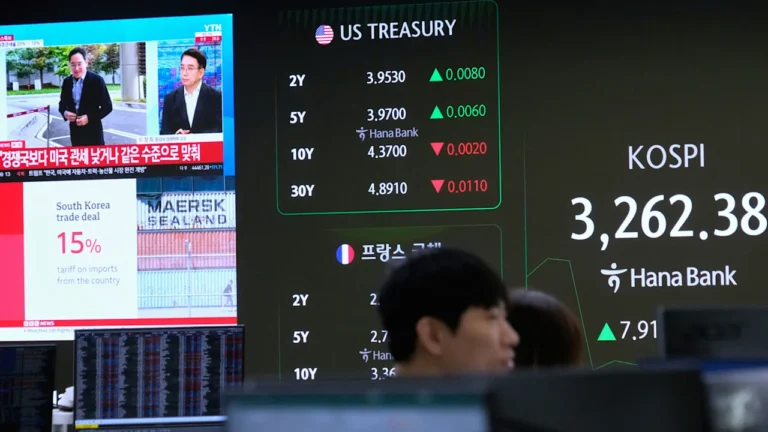
In the current climate of economic volatility, changing workforce expectations, and ongoing systemic talent scarcity, the employer–talent dynamic faces new challenges. But the latest data tells a different story: not of breakdown, but of opportunity.
Workers across generations and industries aren’t walking away from the table; rather, they’re renegotiating what matters. Many are willing to reconsider previously hard-won benefits—such as remote work—if it means gaining more long-term value in return, like upskilling opportunities, time autonomy, and roles that align with their values. It’s about reshaping the deal to reflect what talent sees as sustainable and future-proof.
As CEO of the world’s leading talent company, I see this moment as an opportunity for recalibration toward a better way forward, which requires adapting leadership to one that listens and aligns with what matters most to people—and business—today.
The message from talent is that they’re prepared to compromise: not by adding more on top of existing benefits, but by rethinking what really matters. Traditional levers like salary and location are no longer enough on their own. Instead, talent are placing greater value on flexibility, purpose, development, and well-being. Here are four of the most important trade-offs every leader should understand—and act on.
Employability and growth: the new cornerstones of retention
Across the board, workers are doubling down on long-term relevance. The value of remote work is no longer the top priority it once was, as 67% of respondents in the global survey say they now place greater importance on staying employable, and 52% would choose upskilling over the ability to work remotely.
This shift signals a broader recalibration of what drives loyalty. Yes, inflation-linked raises still matter—74% say they’re essential—but they’re not enough. Nearly as many workers say that managerial support (68%) and alignment with company values (67%) are what keep them committed over the long term.
In other words, talent want more than a paycheck. They want to be developed, supported, and connected to something meaningful. Employers who invest in future-focused learning and career support build trust and resilience. That trust is a powerful differentiator, whereas retention strategies that ignore these elements will fall short, especially as the market rebounds and mobility increases.
Time has become the new currency
Flexibility is evolving. It’s no longer just about where we work; it’s about when: 59% of workers now say they would prefer time autonomy over a higher salary, and 56% prioritize it over location freedom.
To stay competitive, companies need to think beyond set in stone on-site policies. Offering greater control over schedules, for instance through flexible shifts, compressed weeks, or self-managed hours, may become the differentiator in a tight labor market.
Navigating the RTO conundrum
But as the pendulum swings back toward on-site work, talent are clear about the terms. Among fully remote workers, 3 in 4 expect higher pay to return full-time to the office, almost the same (74%) require more flexibility over hours, and 66% seek additional leave in return for the RTO mandate.
This doesn’t mean employers can’t bring people back. It means we need to make the business case—and the trade-offs—transparent. Purpose, autonomy, and support must be part of the equation.
Well-being matters more than ever
Well-being cannot be overlooked. Three out of five workers are willing to accept a lower paying job for a less stressful role—and 40% have already taken that step.
Even as talent place greater emphasis on employability, flexibility, and long-term career growth, one theme cuts across all priorities: well-being still matters deeply. The desire for meaningful work and sustainable careers can’t be met in high-stress environments.
The takeaway for leaders is that supporting well-being is a strategic lever for retention. Organizations that identify and remove stressors at the source—from workload pressures to rigid systems—will be better positioned to attract and keep their best people.
A moment to lead with clarity and care
As the world and our markets navigate exceptional challenges, this crucial moment requires something from both employers and talent. The traditional dynamics of give-and-take have evolved, with people standing ready to make trade-offs. But understandably, they want clarity, consistency, and commitment in return.
I’m of the view that organizations that strike that balance—between what business needs and what people want—will be the ones that thrive. That means leading with a long-term view. Investing in employability. Reducing friction. Valuing time. And building trust at every turn.
Talent is not asking for all demands to be met. They are asking us, as leaders, to be trusted partners.


